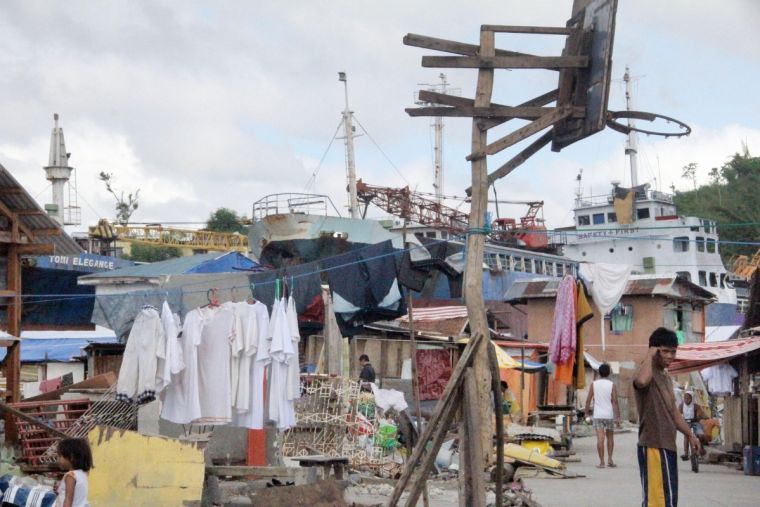New homes in Philippines may not withstand future storms - World Vision

People in the Philippines have limited access to decent land or building materials, and are having to rebuild unstable houses that World Vision believes are very vulnerable to future storms.
Affected communities are building new homes and shelters that are not strong enough to withstand the dangerous weather of the Philippines. They are using temporary materials and are close to coastal areas that the government has declared unsafe to construct new homes on.
Three months since Typhoon Haiyan hit, World Vision, an international humanitarian charity with a particular focus on the wellbeing of children, is working on rebuilding broken communities in the Philippines.
It has shifted its focus from delivering life-saving aid to planning how it will help communities rebuild homes and infrastructure that have a better chance of withstanding future storms.
Some 4.1 million people were displaced by Haiyan, illustrating the scale of the need for homes to be safely rebuilt. World Vision is currently in co-ordination with the Filipino government and identifying alternative sites where people could safely rebuild their houses.
They are teaching those previously engaged in the fishing trade carpentry skills so that they are able to build stronger, more resilient housing and infrastructure.
Speaking from Cebu, World Vision's Chris Weeks explained that the agency's programme to address this involves providing temporary shelter while training fishermen in carpentry skills needed to properly construct safer housing in safer areas. They are providing the necessary materials to do so, constructing safe sanitation and water, and providing infrastructure.
Justin Byworth, chief executive of World Vision UK, also reports on his visit to Tacloban this week: "Many houses are being 'built back worse' and will not be able to withstand future storms.
"Many families living inland are less likely to have received shelter assistance, compared to families living in the coastal areas, and they are vulnerable too."
Three months on, World Vision's shift to focusing on rebuilding homes, schools, sanitation works and other infrastructure is a "crucial step towards re-establishing some sense of normality and stability for communities here, most especially for children", he explains.
He says, "I met many families rebuilding their homes in government-imposed 'no build zones' near the coast, and we're concerned that they'll have to move on yet again.
"As the debris has been cleared in Tacloban City, it's starting to look like a city again – an Italian restaurant has even re-opened.
"But there are thousands of families here still living in makeshift wooden shacks. Three months after Haiyan, tens of thousands of people are living in limbo."
World Vision is now helping those communities to "build back better", says Justin, with carpentry training and expertise alongside the provision of materials.
In its emergency response, World Vision has provided 663,265 people across three regions with life-saving food and water, safe spaces for children to play and learn, seed fertiliser for farmers, building materials and expertise to construct shelters.
Shelter kits containing tarpaulins and ropes have been distributed to 13,605 families allowing them to construct short-term solutions to destroyed roofs and buildings. Some 235,000 people received materials to build shelters.
World Vision has raised US$57.7 million of the US$60 million target it has to spend on its emergency and longer term recovery response to Typhoon Haiyan. It is pushing to hit its target in order to make sure as many people as possible receive the help they need.
Justin added: "The need is as great as it is urgent, so we ask donors to again give generously and help Filipinos build safe housing for their families."











